Dalia
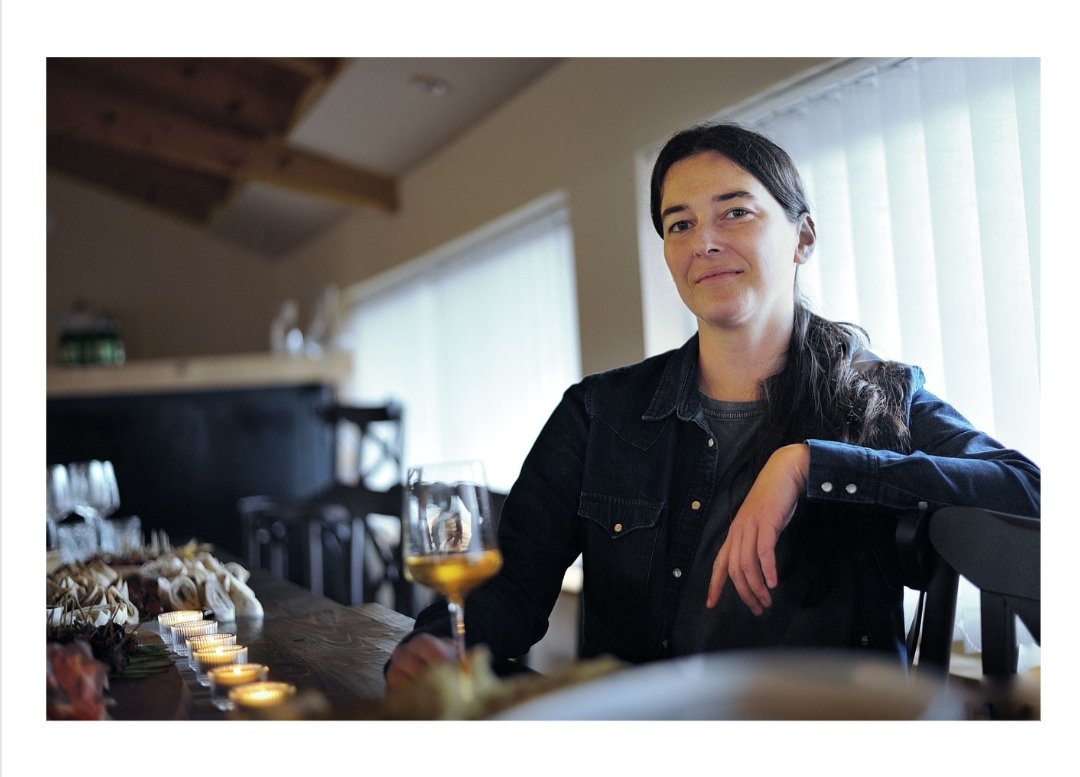
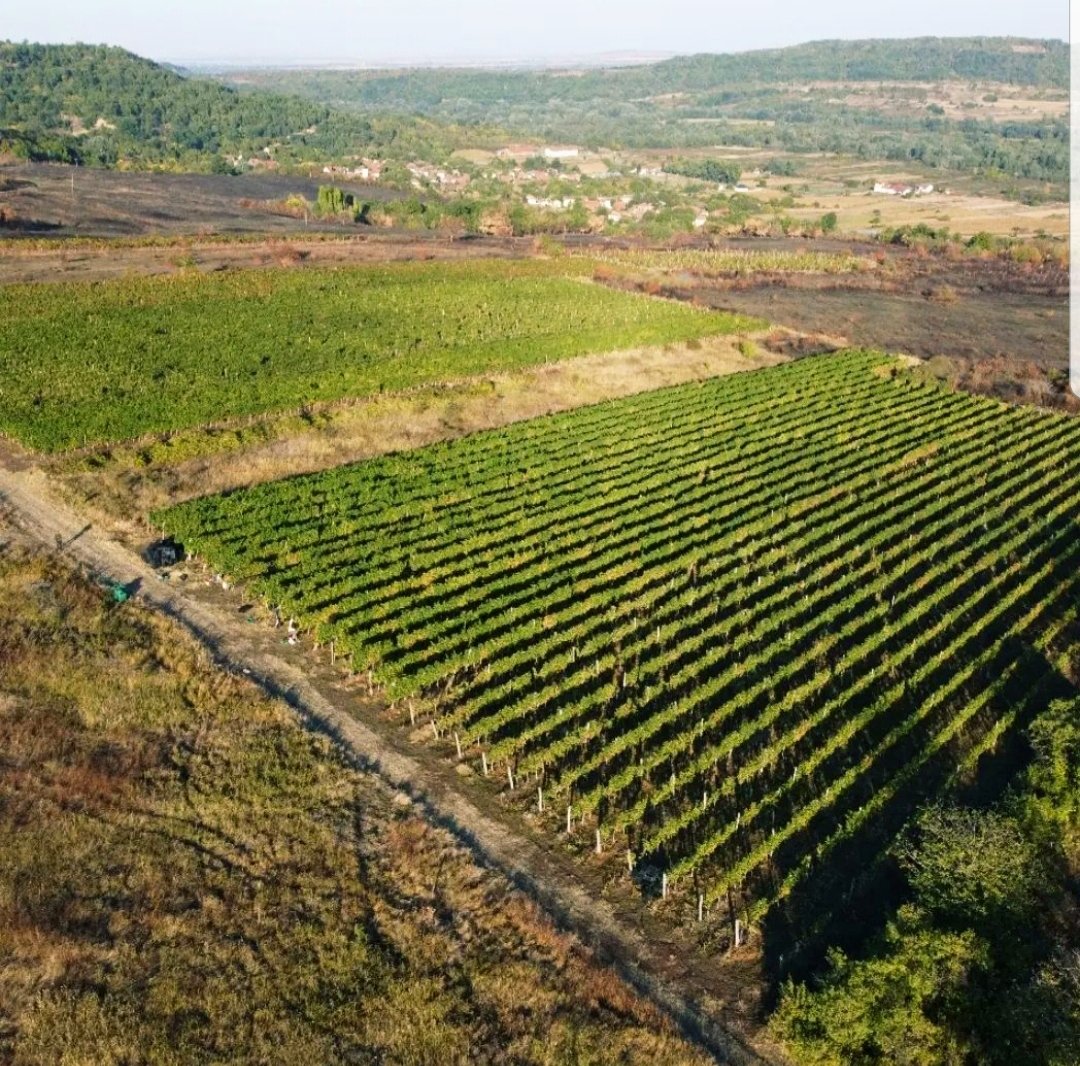
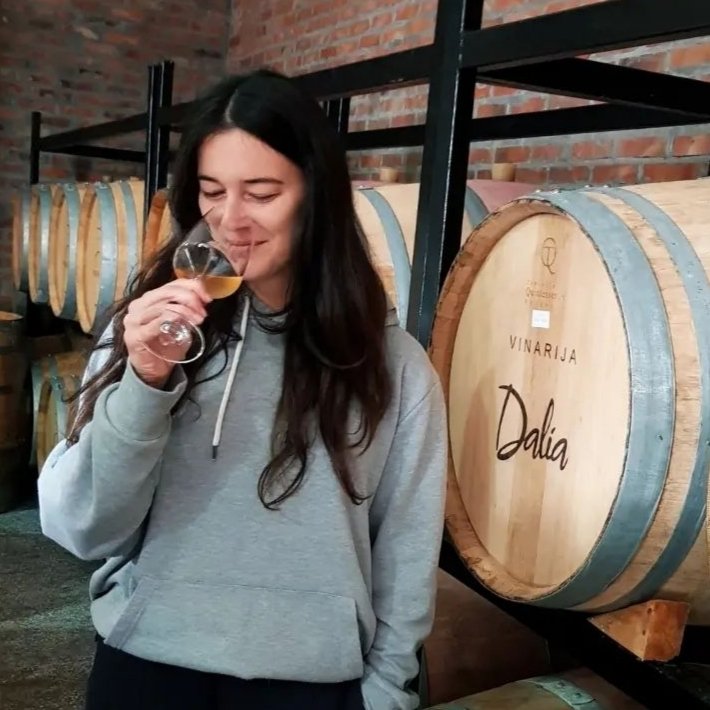
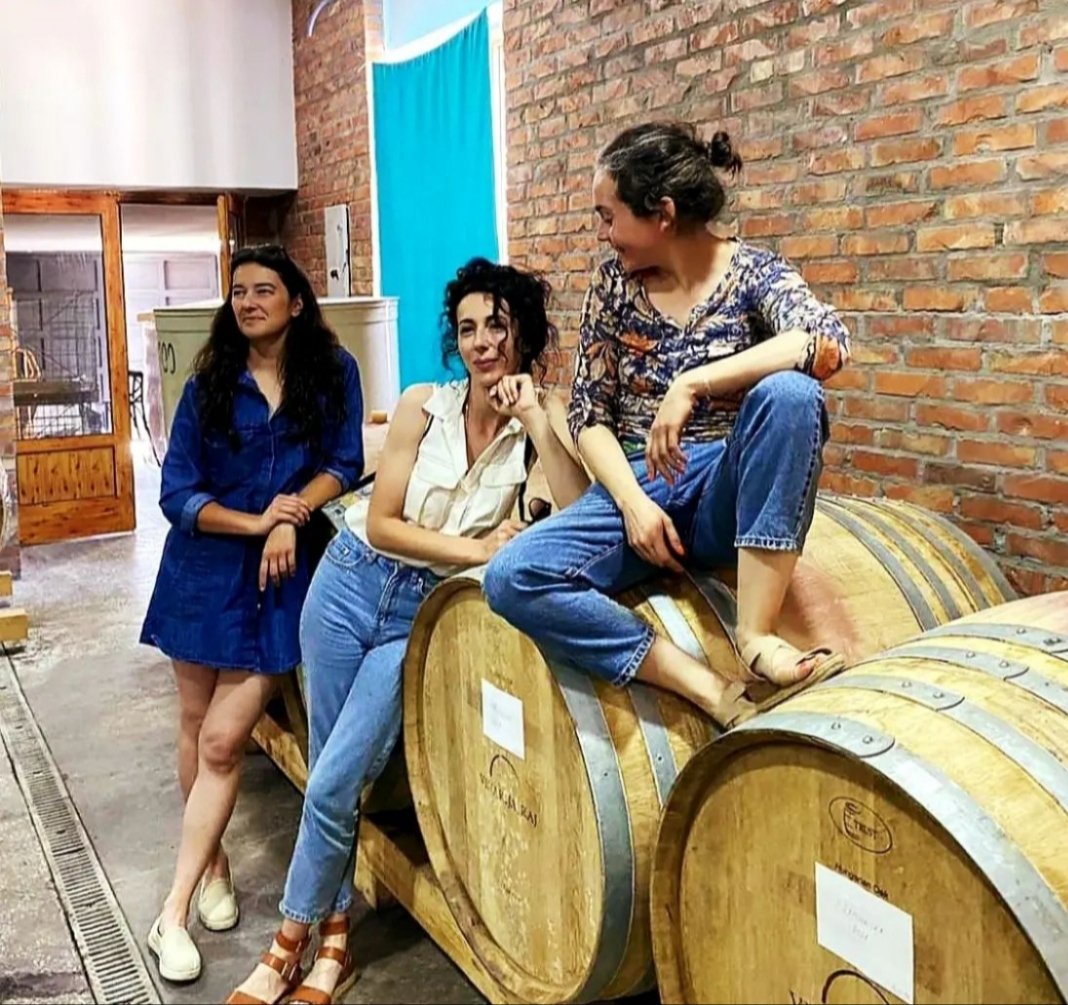
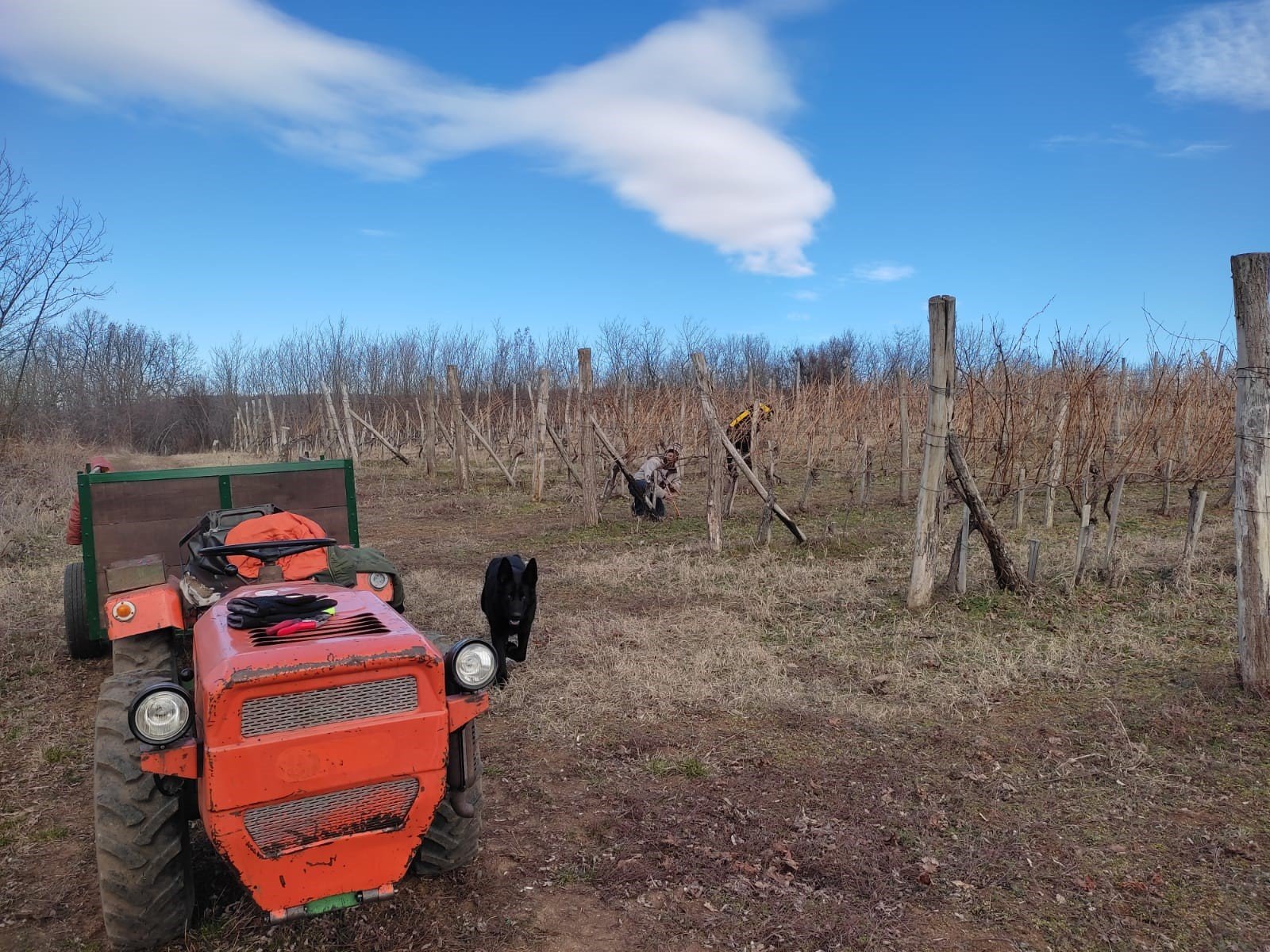
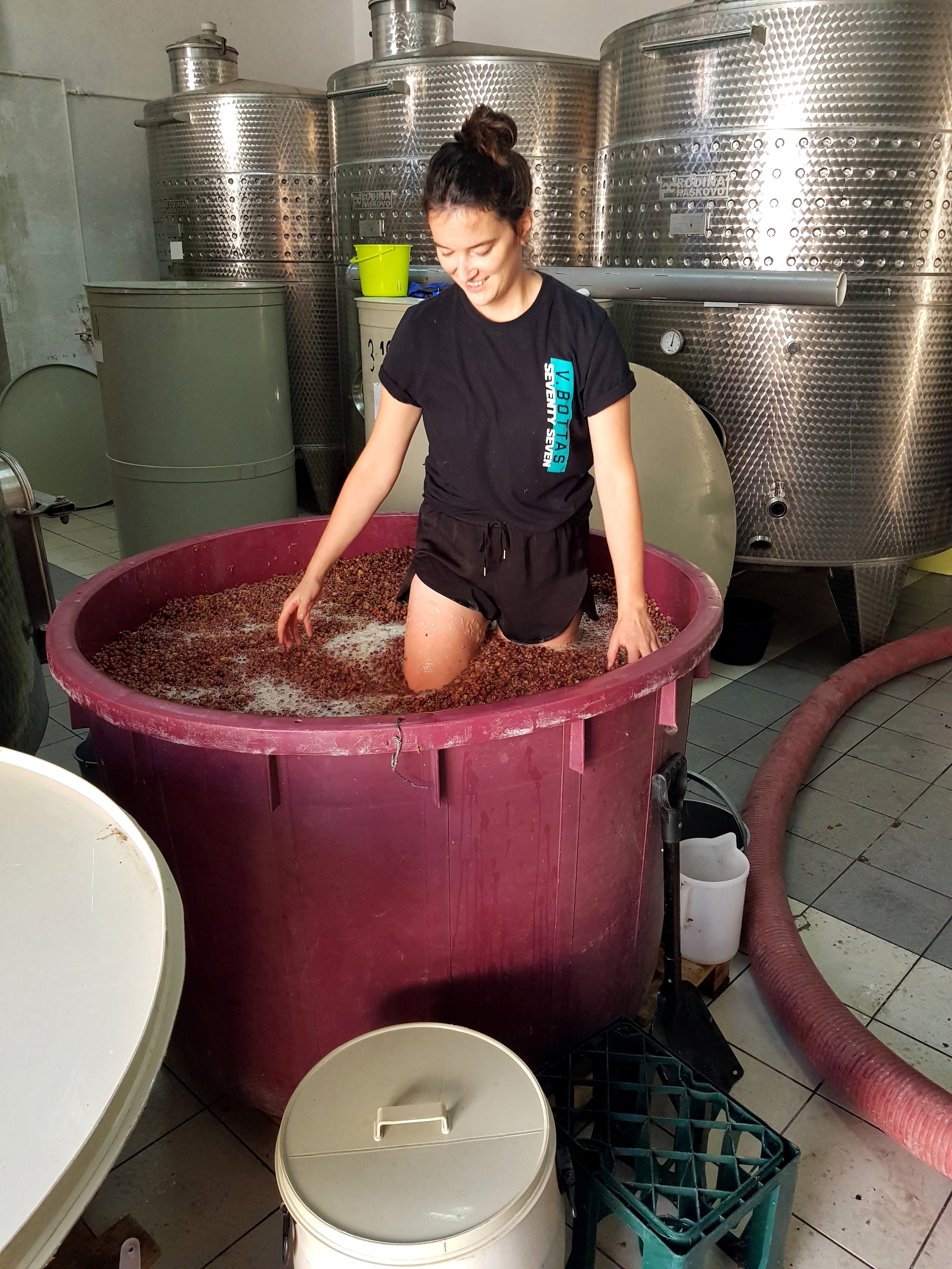
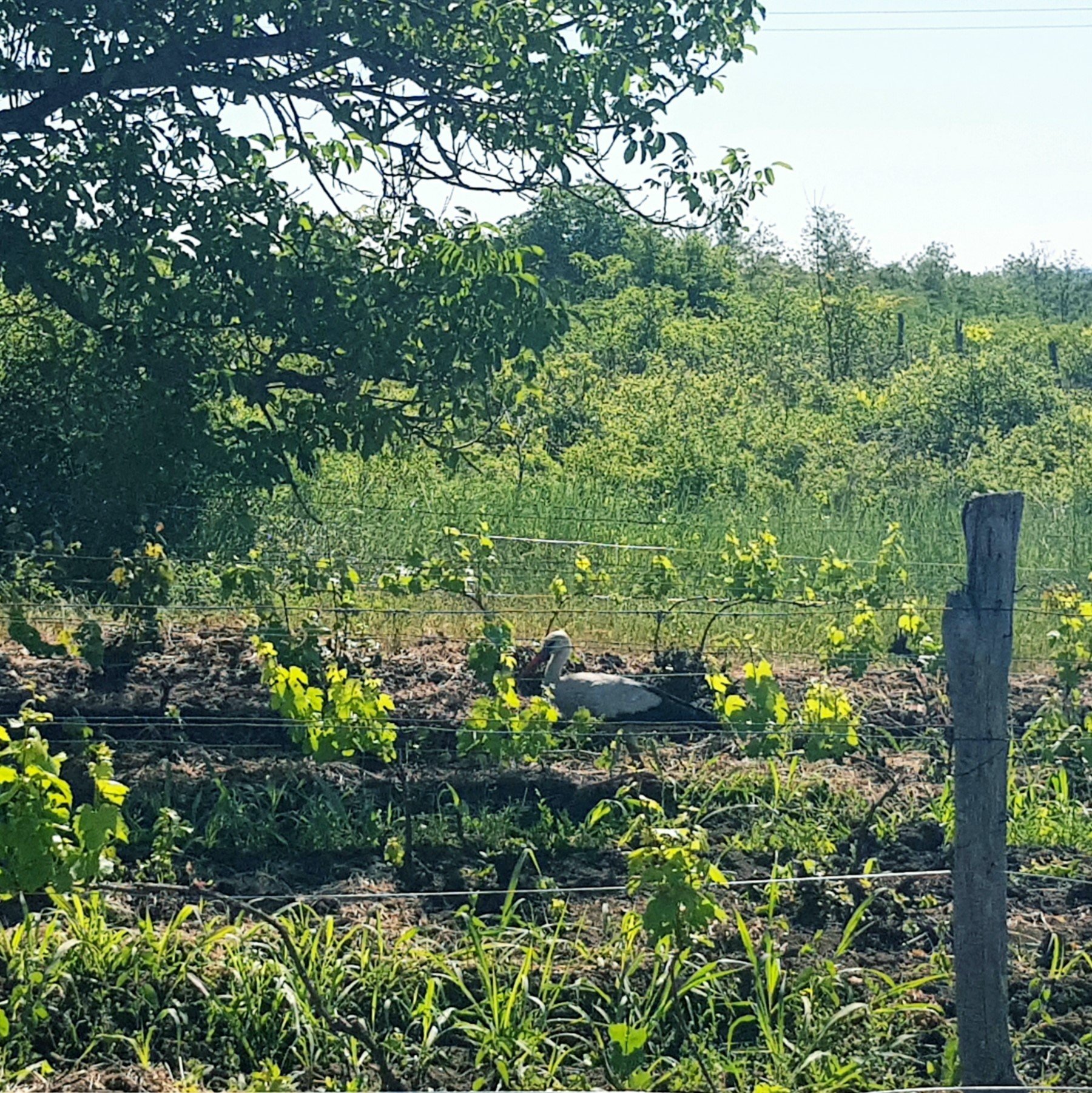
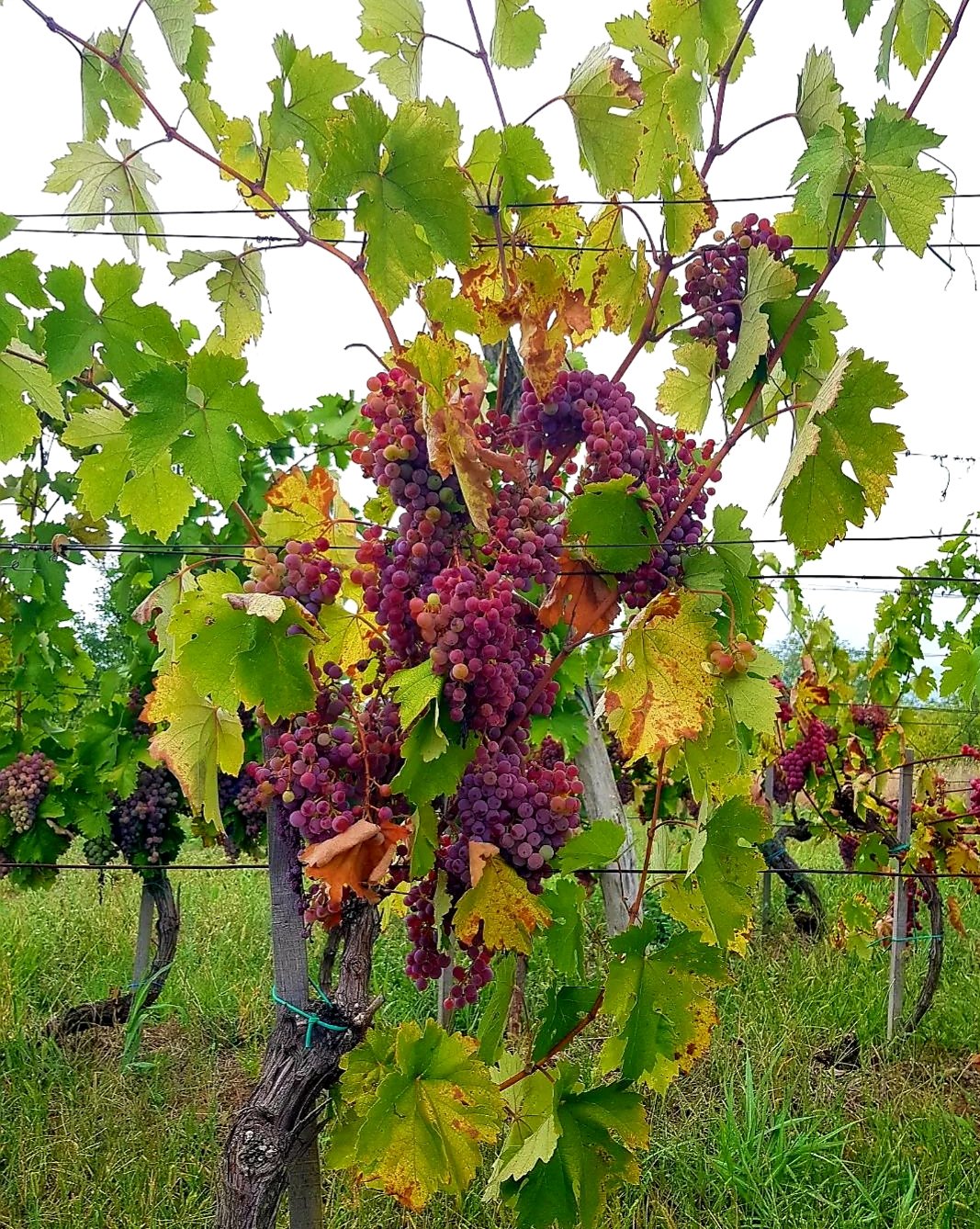
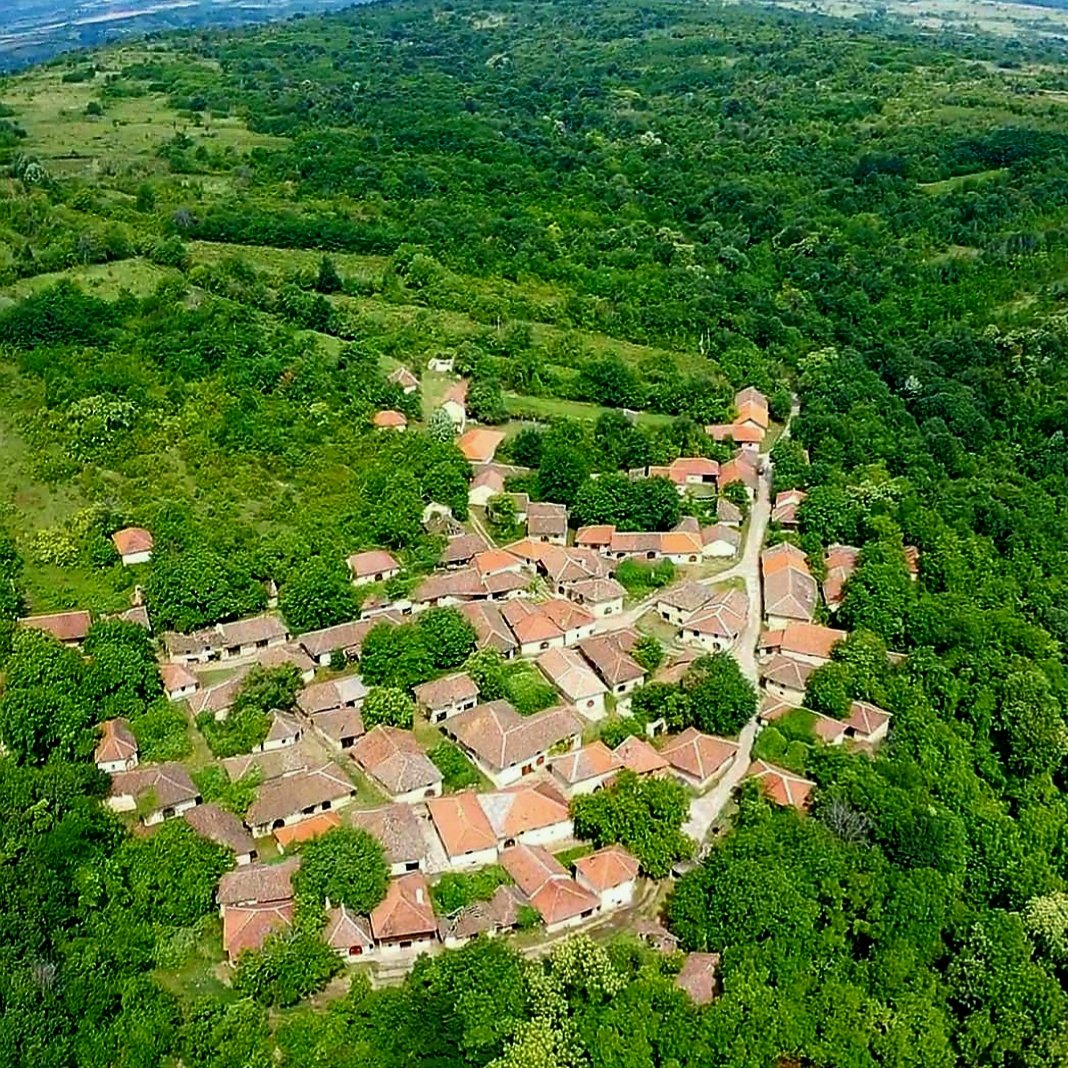
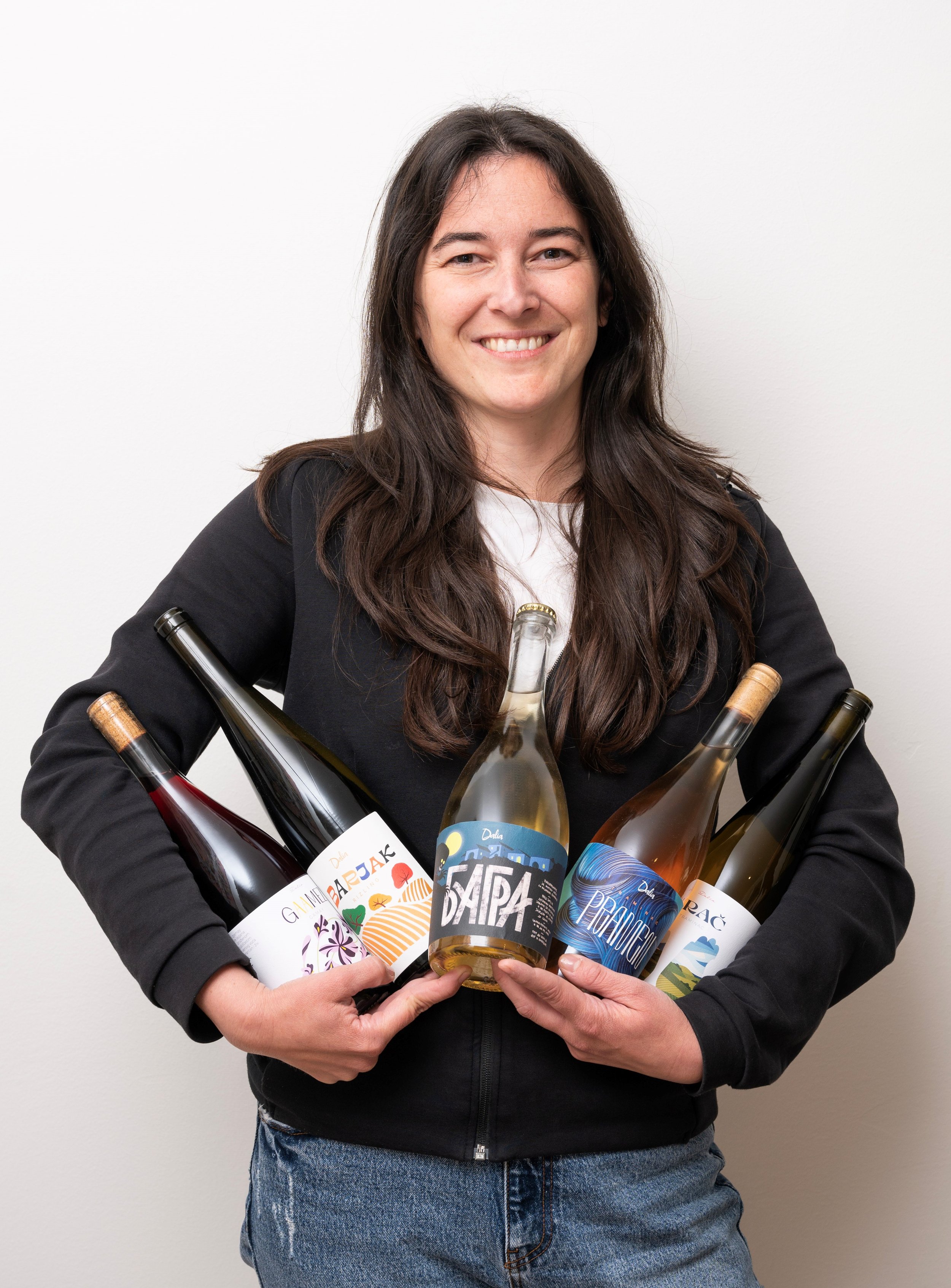
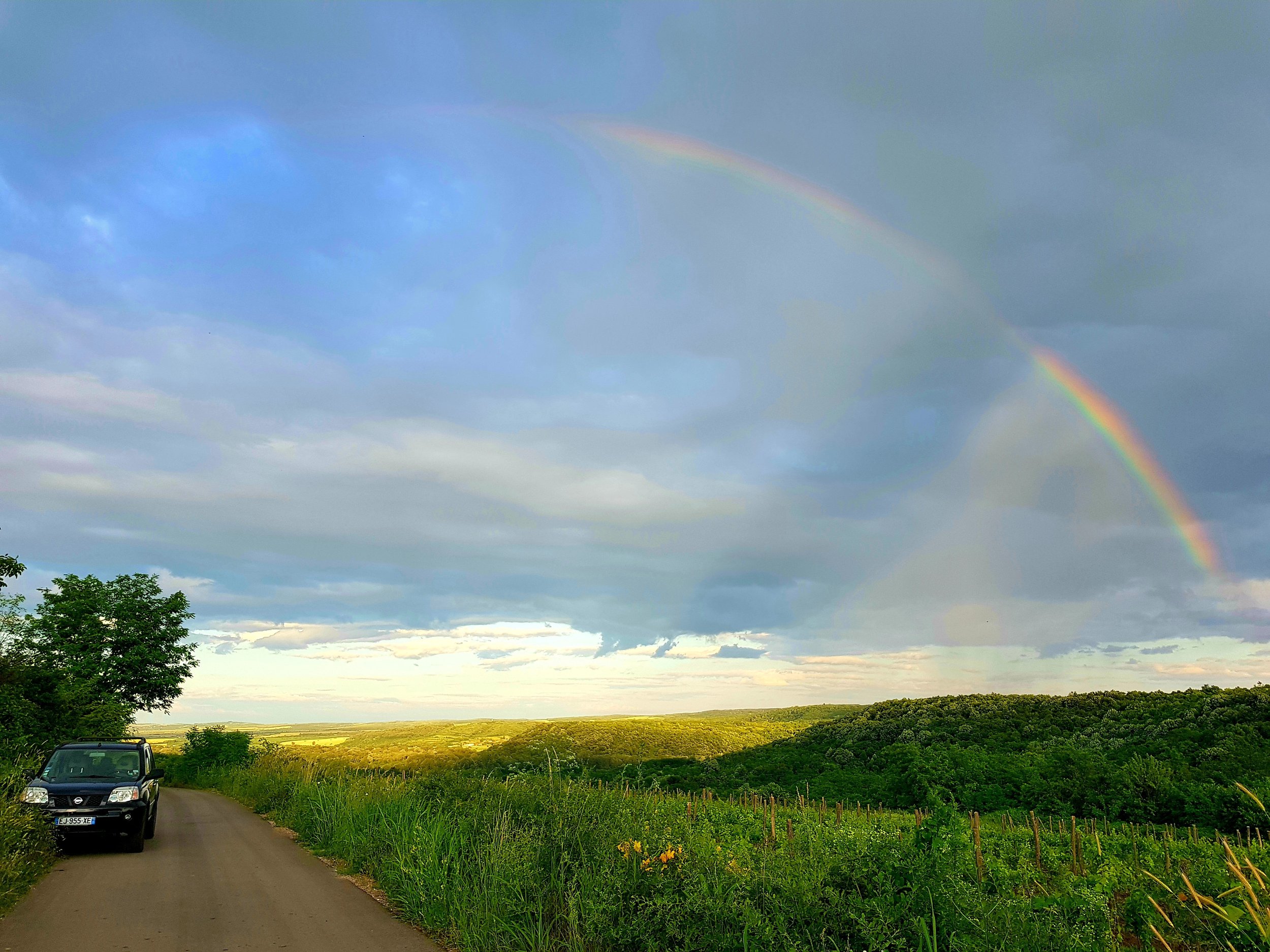
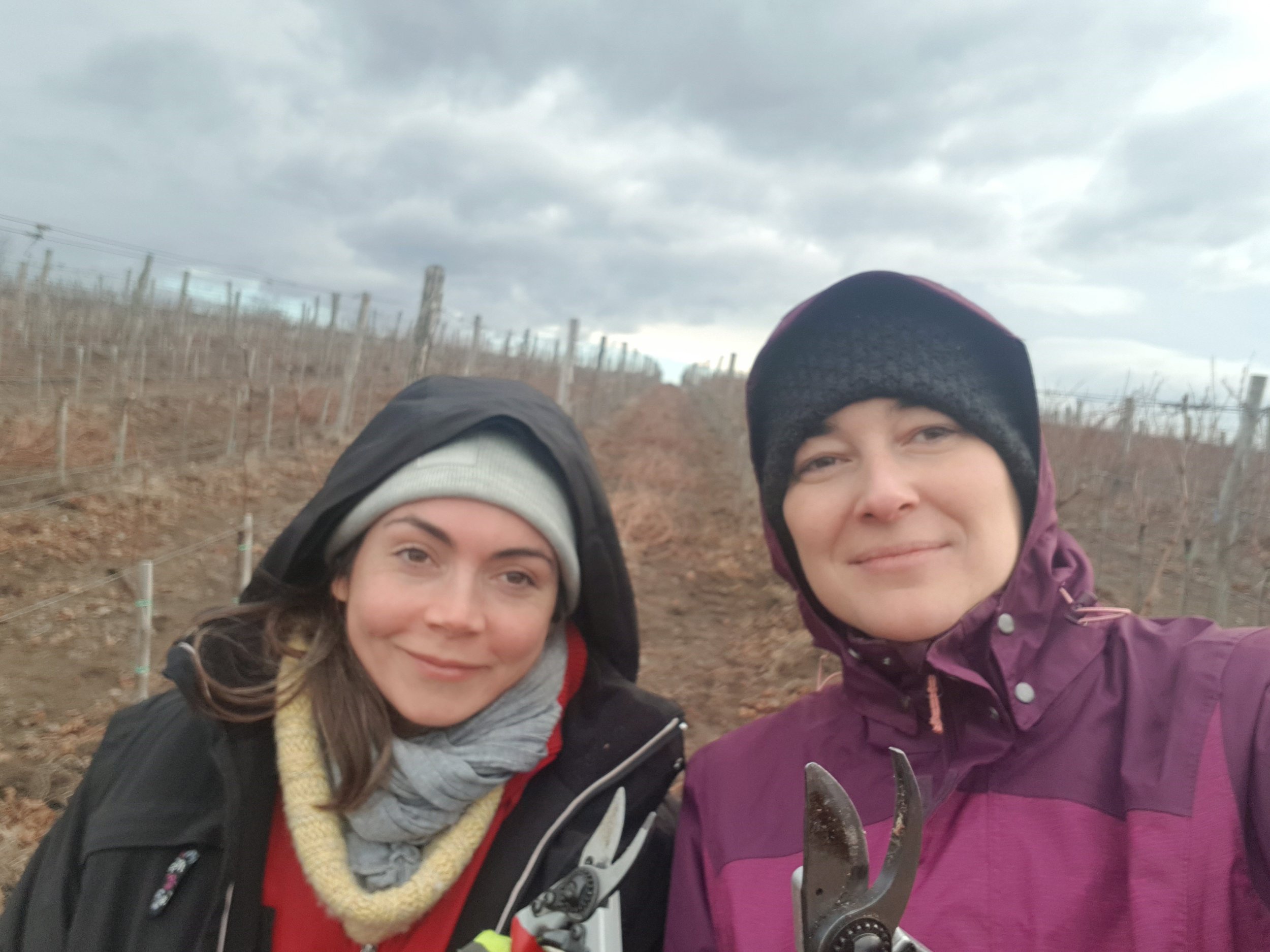
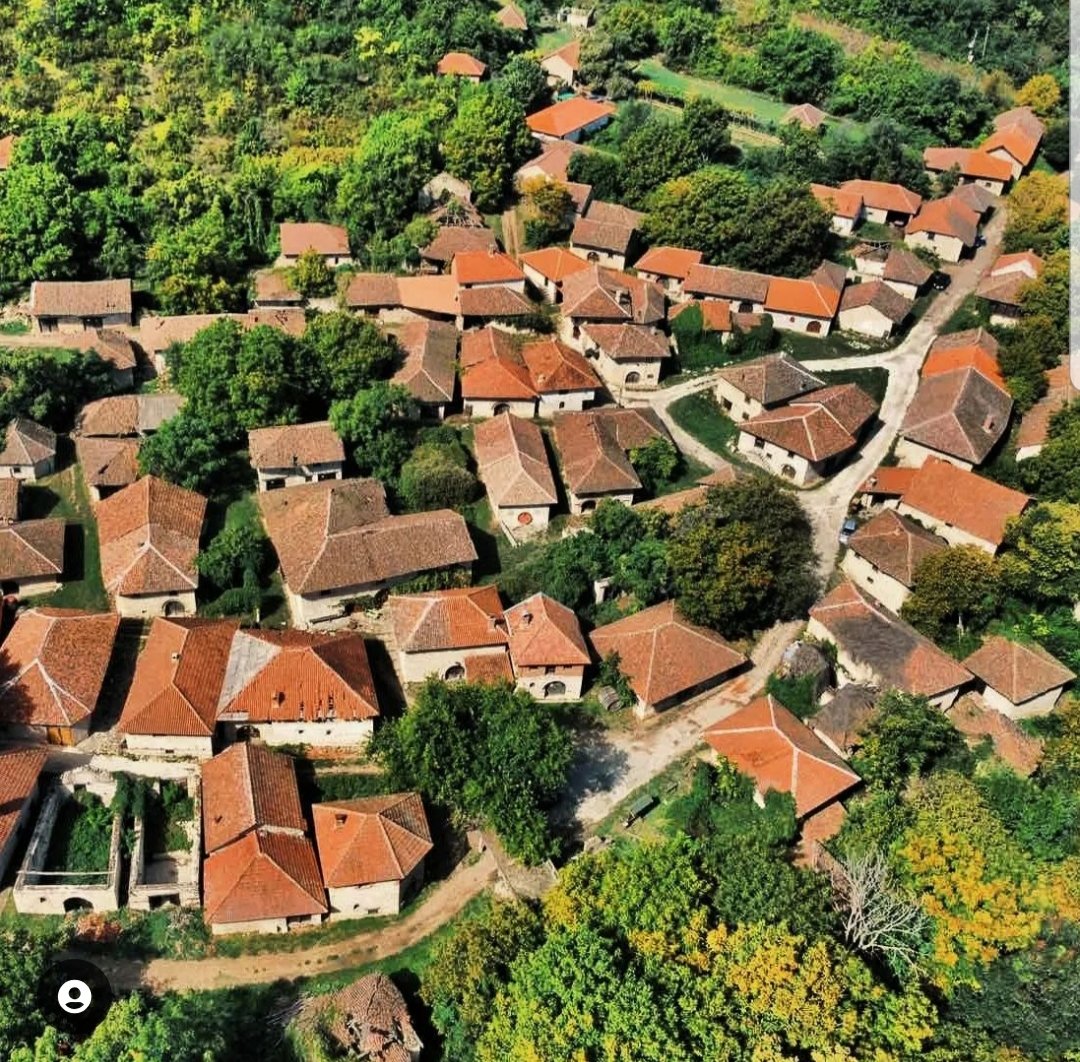
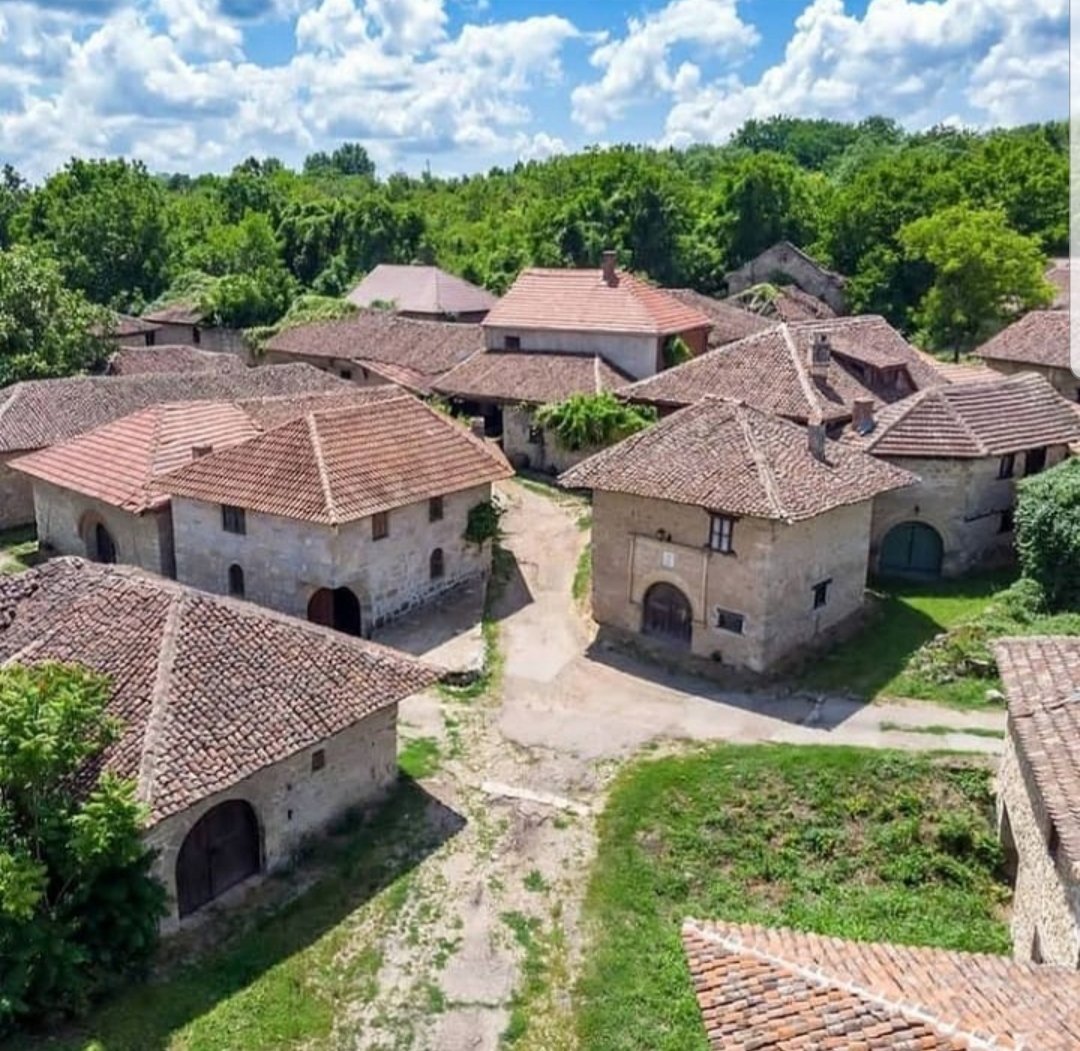
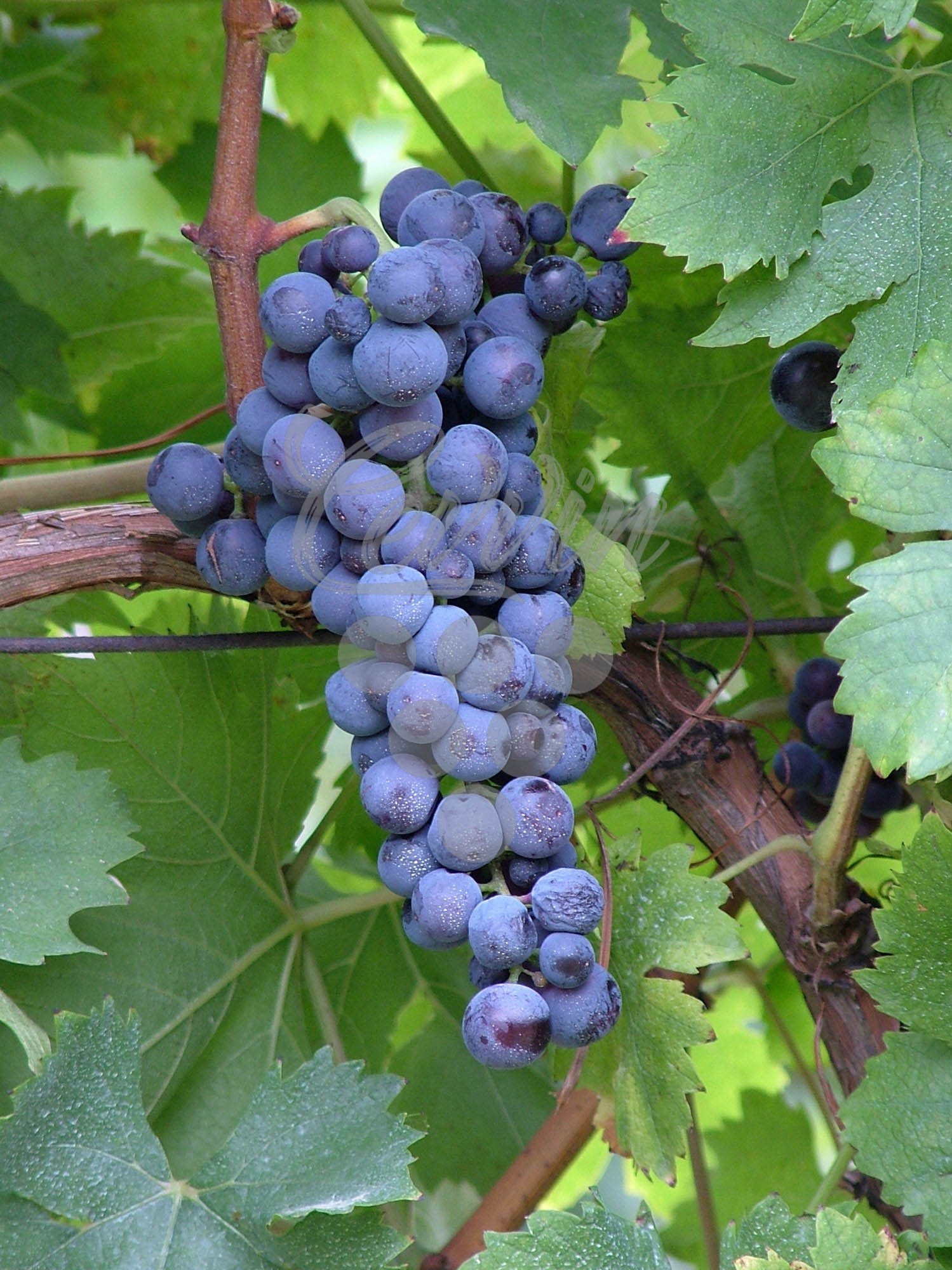
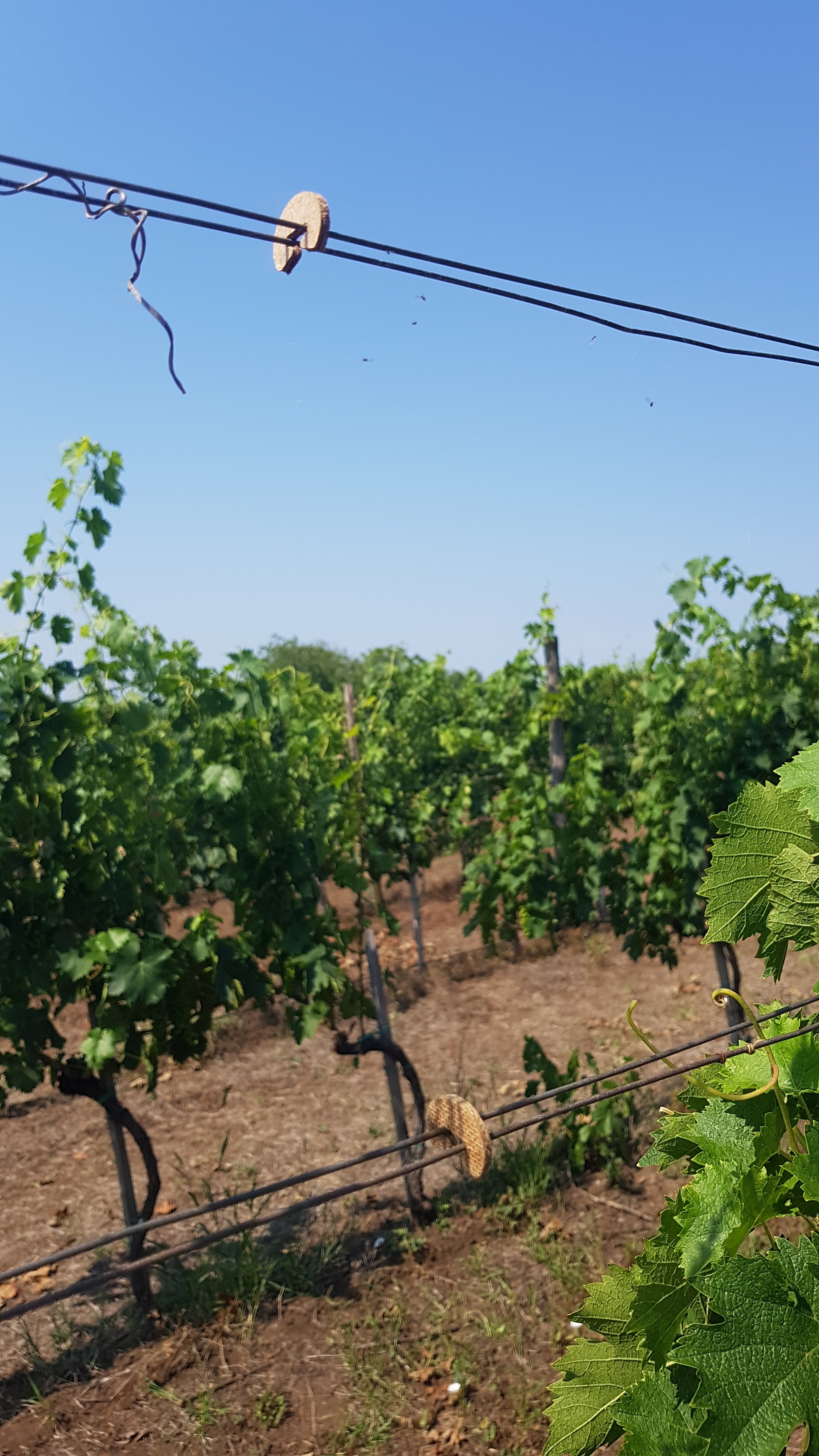
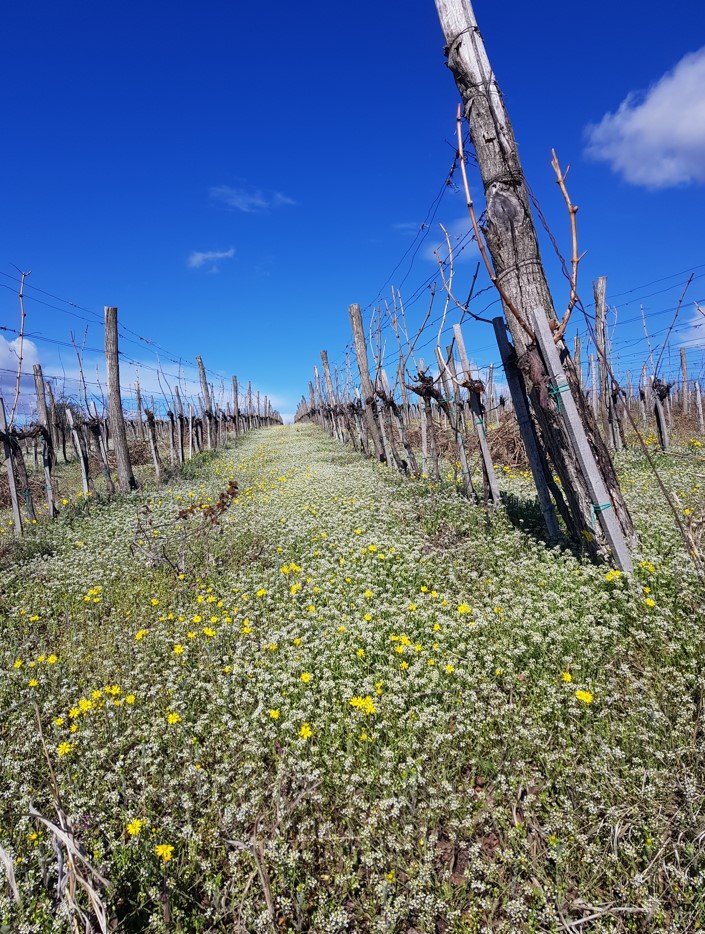
About
The story of Vinarija Dalia is a great one; One of the rebirth of ancient and forgotten Serbian wine regions and the journey of a young woman winemaker returning home and sparking a renaissance for authentic wines in her home.
The young winemaker Kristina Lukić at Vinarija Dalia, started learning how to make wine in Italy. After completing her studies in viticulture and oenology at the University of Udine, during which she completed her first two harvests in Sardinia and in Beaujolais, she started her journey around the world to enrich her cultural and professional knowledge. From the southern to the northern hemisphere, she passed through different countries, various sizes of wineries and ways of production and gradually built her career, including countries such as Chile (Valle del Maipo), Spain (La Mancha), California (Russian River Valley), New Zealand (Awatere Valley), and France (Champagne). Her most impactful experience was in Champagne working with Dominique Moreau at Marie Courtin, who she considers a true mentor and someone who changed the way she thought about making wine.
Kristina’s dream was to always go back to her homeland, and apply and share her experiences and knowledge with the local people.
The realization of this idea was possible in 2021 when a serendipitous acquaintance, led her to Emmanuel Koenig and Etienne de Montille, owner of the prestigious Burgundy estate, Domaine de Montille, who saw great potential in Kristina and the wines of Serbia and was compelled to support her in her journey.
With global experience and alliances in Burgundy, together they settled on a winery in the village of Smedovac.
As she is developing her winery, currently the grapes are being sourced from local producers, who are now (thanks to Kristina) bringing back organic viticulture and continuing to grow awareness for this growing area in Serbia. Currently, the vineyards are mostly international varieties such as Riesling, Gewurztraminer, Gamay, Merlot with some locals such us Vranac, Bagrina and Red Tamjanika, both varieties that give very specific and recognizable wines.
Kristina’s principles of the production are those of natural method wines, the philosophy is to follow vinifications with low intervention, coming from healthy grapes grown respectfully, in order to reveal the local terroir with expressive wines full of life.
Vinarija Dalia now rents 1.8 ha of vineyard and owns around 7 hectares of land, with the ultimate goal of reaching 10 ha total. Kristina is planting the first estate hectares in spring 2024, and will continue gradually planting new ones. Continuing to focus on local varieties of the regions, there will be whites such as Bagrina and Smederevka as well as as reds such as Prokupac, Začinak and Red Tamjanika.
On an influential level, Kristina’s presence and influence is having a much wider impact on the local community than Emmanuel, Etienne and Kristina could have imagined, especially for the younger generations that are taking over their family production, searching for a new way of their own. In particular, the emergence of Dalia has empowered female producers in the region to take the reins and follow in the footsteps of the region and now the presence of women in these villages is very strong, from business management to work in the vineyard.
Negotin Valley
Negotin Valley is an ancient region and a true cultural and natural treasure of Serbia. Located in East Serbia, in the Timok region, and stretches along the Danube River, next to the Romanian and Bulgarian border.
While the total area under vineyards between the 18th and the 19th century was around 10,000 hectares, now it is a mere 900 hectares.
The region boasts very diverse microclimates, coming from the proximity of the Danube and the its position being surrounded by mountains from north and west, while from the south and east is open to a vast plain through which air currents come through from the Black and the Mediterranean sea. The climate is continental with harsh winters and hot summers, with an average of 265 sunny days/year. The soil is rich and varied with clay, limestone and sand with a lot of humus. The vineyards are located at altitudes from 100 to 270 meters above the sea level.
Of the five appellations in Negotin Valley, Rogljevo-Rajac (Roglevačko-Rajačko vinogorje) is one of the most interesting for its very old traditions and extremely recognizable climates.
The tradition of growing vines and producing wine in Negotin Valley dates back to the time of the Old Romans. With ups and downs during different historical periods, the region has reached its peak in 19th century when phylloxera first affected Western Europe. As it destroyed almost all vineyards there, merchants rushed to the East – specifically the Negotin Valley - to buy wine and take it to France and other Western European countries until phylloxera made its way east and attacked and destroyed vineyards in Negotinska Krajina as well.
The present-day profile of the planted varieties has changed drastically since then. From communist times, much of the place is occupied by international varieties such as Cabernet Sauvignon, Merlot, Gamay, Sauvignon, Chardonnay and Riesling, but many of the winegrowers and winemakers are gradually building their identity through focusing more on indigenous varieties such as Bagrina, Zčinak, Prokupac and Red Tamjanika, that are spreading more and more.
Pivnice (Wine Houses)
The briefly flourishing period of the 19th century saw the birth of the so called Pivnice, complexes of wine cellars usually built above the villages. Almost every family in the village owned one and produced wine in it.
They are characterized by authentic architecture, thick walls of stone, partly buried in the ground to maintain the temperature.
Unfortunately, a large number of these settlements have not withstood the test of time, but there are 3 villages that were capable of preserving as much as possible this cultural treasure, Rogljevo, Smedovac and Rajac.
The cultural value of those monuments is increasingly being recognized. The EU and the local government are financially supporting their restoring, so they are getting back into use, and tourists around the world are starting to discover their beauty. Pivnice are candidate for inclusion in the UNESCO World Heritage List.



